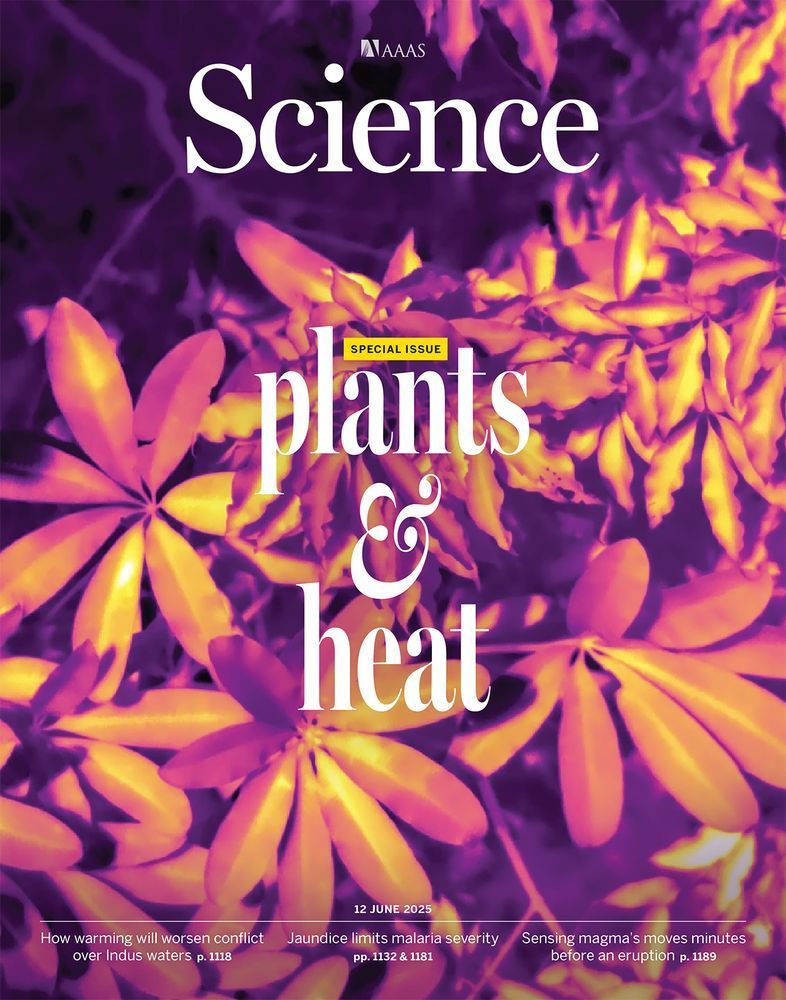Max Stammnitz
@maxstammnitz.bsky.social
280 followers
200 following
7 posts
Postdoc at @crg.eu Barcelona,
previously PhD at Cambridge University
Genomics | Mutational Scanning | Molecular Evolution 🧬🌱
www.pyrisentinel.eu ⛰️🌊 www.puntseq.com
Posts
Media
Videos
Starter Packs
Reposted by Max Stammnitz
Reposted by Max Stammnitz
Reposted by Max Stammnitz
Reposted by Max Stammnitz
Reposted by Max Stammnitz
Reposted by Max Stammnitz









